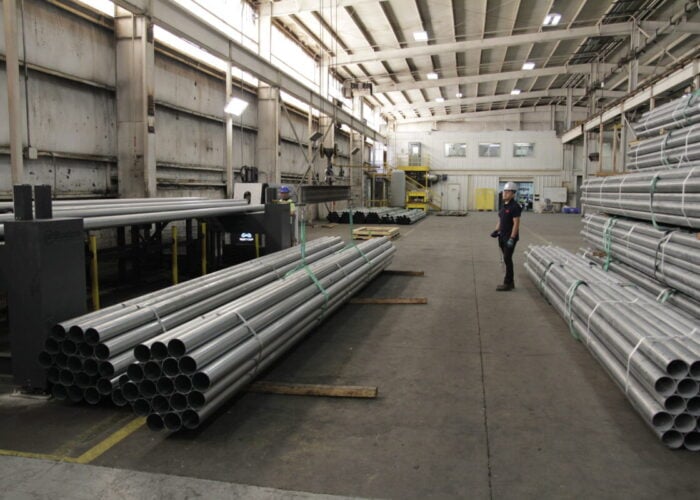
The capacity of virtual power plants (VPPs) in operation in North America has reached 37.5GW, a 13.7% year-on-year growth, according to Wood Mackenzie.
The market research firm’s latest publication, ‘2025 North American virtual power plant market report’, notes that between 2024 and 2025, total operational VPP capacity in North America jumped from 33GW to 37.5GW, while the number of active company deployments increased from 1,459 to 1,940. This reflects a year-on-year growth of 33%, and the faster rate of growth in the number of deployments than in overall capacity in operation reflects a sector that has “broadened more than it deepened”, according to Wood Mackenzie.
Try Premium for just $1
- Full premium access for the first month at only $1
- Converts to an annual rate after 30 days unless cancelled
- Cancel anytime during the trial period
Premium Benefits
- Expert industry analysis and interviews
- Digital access to PV Tech Power journal
- Exclusive event discounts
Or get the full Premium subscription right away
Or continue reading this article for free
“Utility programme caps, capacity accreditation reforms, and market barriers have prevented capacity from growing as fast as market activity,” explained Ben Hertz-Shargel, global head of grid edge for Wood Mackenzie.
The report also found that the share of VPP wholesale market capacity from residential customers increased from 8.8% in 2024 to 10.2% in 2025, suggesting that there is growing interest in the VPP sector from residential customers, despite growing barriers residential power generation.
An earlier report from Wood Mackenzie forecast that residential solar installations will slow in the coming years in the wake of Trump’s ‘One Big, Beautiful Bill’, which was passed in July, and the passage of the Net Energy Metering (NEM 3.0) bill in industry leader California has hampered the business case for installing residential solar projects in the state.
Indeed, California is one of the “leading states” for VPP penetration, according to the Wood Mackenzie report. Along with Texas, New York and Massachusetts, these states account for 37% of VPP deployments, while the PJM and ERCOT grids have the largest utility commitments to data centre capacity, and the greatest disclosed VPP offtake capacity.
“While data centers are the source of new load, there’s an enormous opportunity to tap VPPs as the new source of grid flexibility,” said Hertz-Shargel.
The report also notes that over half of all offtakers increased the number of deployments under them by at least 30%, compared to 2024 figures, with 192 unique offtakers and 433 programmes monetised in 2025, representing increases of 38% and 35% compared to the previous year.
Looking ahead, the Wood Mackenzie report identifies “regulatory pushback” as a key obstacle to further VPP integration, pointing to utilities’ practice of rate basing distributed energy resources – including the cost of distributed energy systems in the utilities’ asset base, from which they can earn a return – as one that limits opportunities for new distributed energy investment.
“This model is seen as limiting access of private capital and aggregators from the distributed energy resources market, rather than leveraging customer and third-party-owned resources,” explained Hertz-Shargel.






